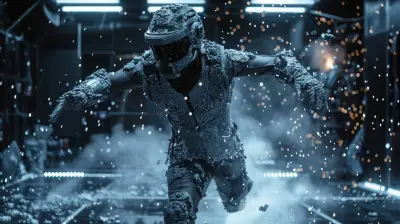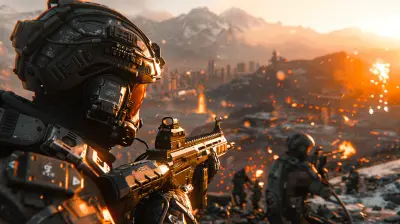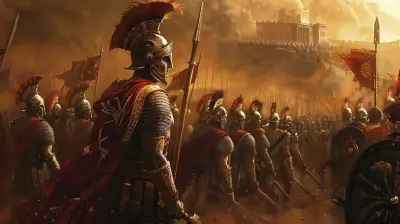Retro Game Collecting Tips for New Enthusiasts
3 October 2025
If you’ve ever found yourself reminiscing about the golden days of gaming, you’re not alone. Retro gaming has seen a meteoric rise in popularity over the years, and for good reason. There’s something magical about blowing the dust off a cartridge, hearing the iconic “SEGA!” start-up jingle, or holding that chunky Game Boy in your hands again. If you’re here, chances are you’ve been bitten by the retro gaming bug and are itching to start your own collection. But where do you even begin?
Don’t worry; I’ve got you covered. Stick with me, and I’ll walk you through some practical, no-nonsense tips that’ll help you navigate the ever-expanding world of retro game collecting. Let’s dive in!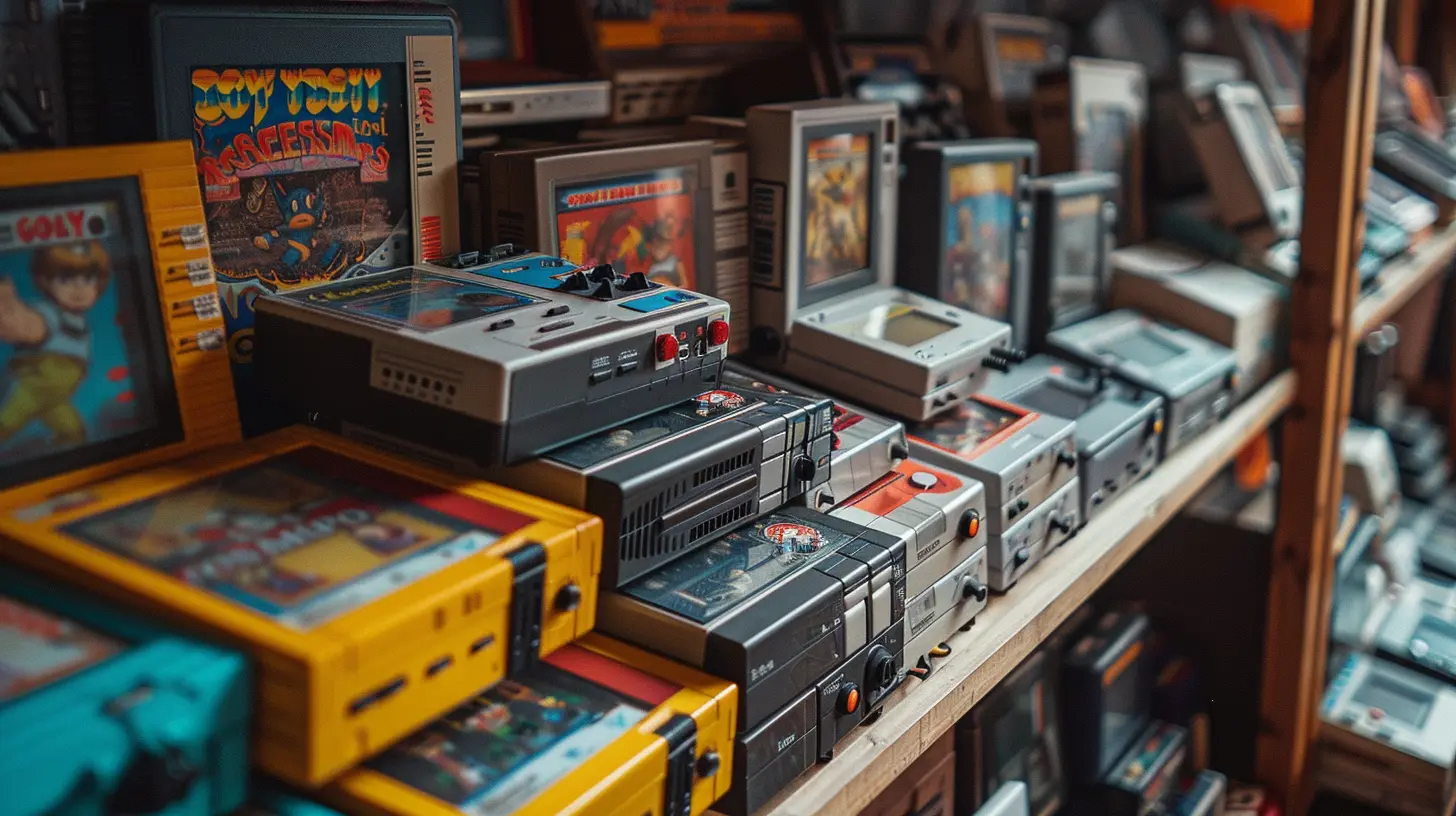
Why Retro Gaming?
Before we dig into the tips, let’s address the elephant in the room: why collect retro games in the first place? There’s a sense of nostalgia tied to these old-school gems. For many of us, these games shaped our childhood. Plus, they represent a simpler time in gaming—before battle passes, microtransactions, and 100GB updates became the norm.Retro games have charm, personality, and quirks that modern games sometimes lack. Whether it’s the pixel-perfect graphics, the chip tune soundtracks, or the joy of beating a particularly tough level, retro games offer an experience that’s hard to replicate.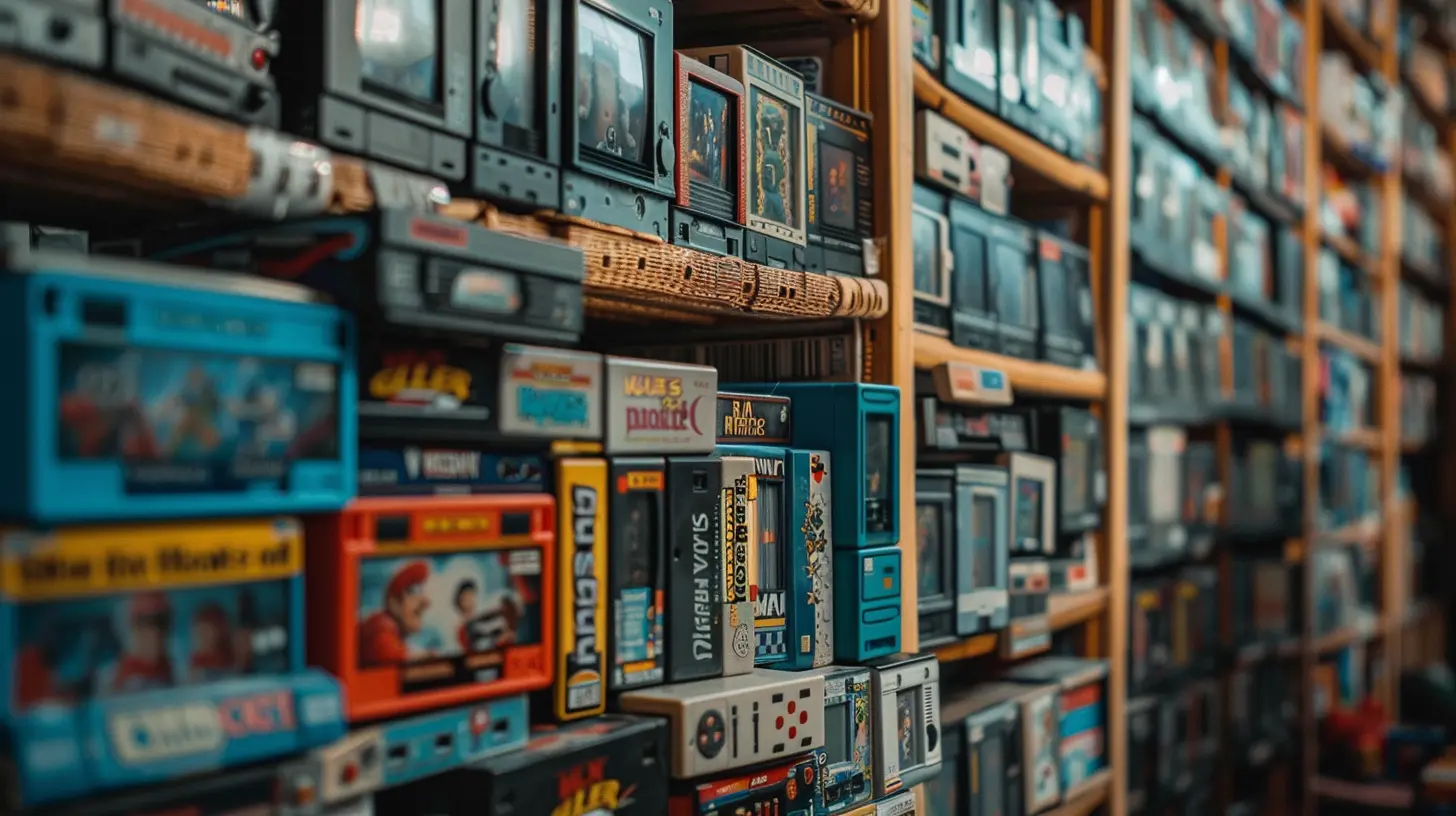
1. Start Small and Stay Focused
It’s easy to get overwhelmed when you first step into the world of retro game collecting. There are thousands of consoles and games out there, from the NES to obscure systems like the TurboGrafx-16. My advice? Start small and stay focused.Pick a single console or era to begin with. Do you have a soft spot for the SNES and its RPG classics like Final Fantasy VI and Chrono Trigger? Or maybe you’re more inclined toward the blocky 3D beginnings of the PlayStation 1? Choose something meaningful to you—this will make your collection feel personal and not just like you’re hoarding games.
Pro Tip: Start with the console(s) you grew up with—it’s an instant nostalgia trip and the perfect way to reconnect with your childhood.
2. Do Your Homework
Retro gaming can be a rabbit hole. Prices fluctuate like crazy, rare finds are often mislabeled, and reproductions run rampant in the marketplace. That’s why you need to do your research.Take time to learn about the games and consoles you’re eyeing. Familiarize yourself with what’s considered rare versus what’s common. Check out online resources like forums, YouTube channels, and collector guides. Also, spend a little time browsing auction sites like eBay or stores like PriceCharting—they’re invaluable for getting a feel for pricing.
Red Flags to Watch For:
- Reproduction Cartridges: Make sure the game isn’t a knock-off.
- Damaged Labels: A torn or faded label might not seem like a big deal now, but collectors value aesthetics.
- Region Locking Issues: Some games won’t play on consoles from different regions, so keep that in mind.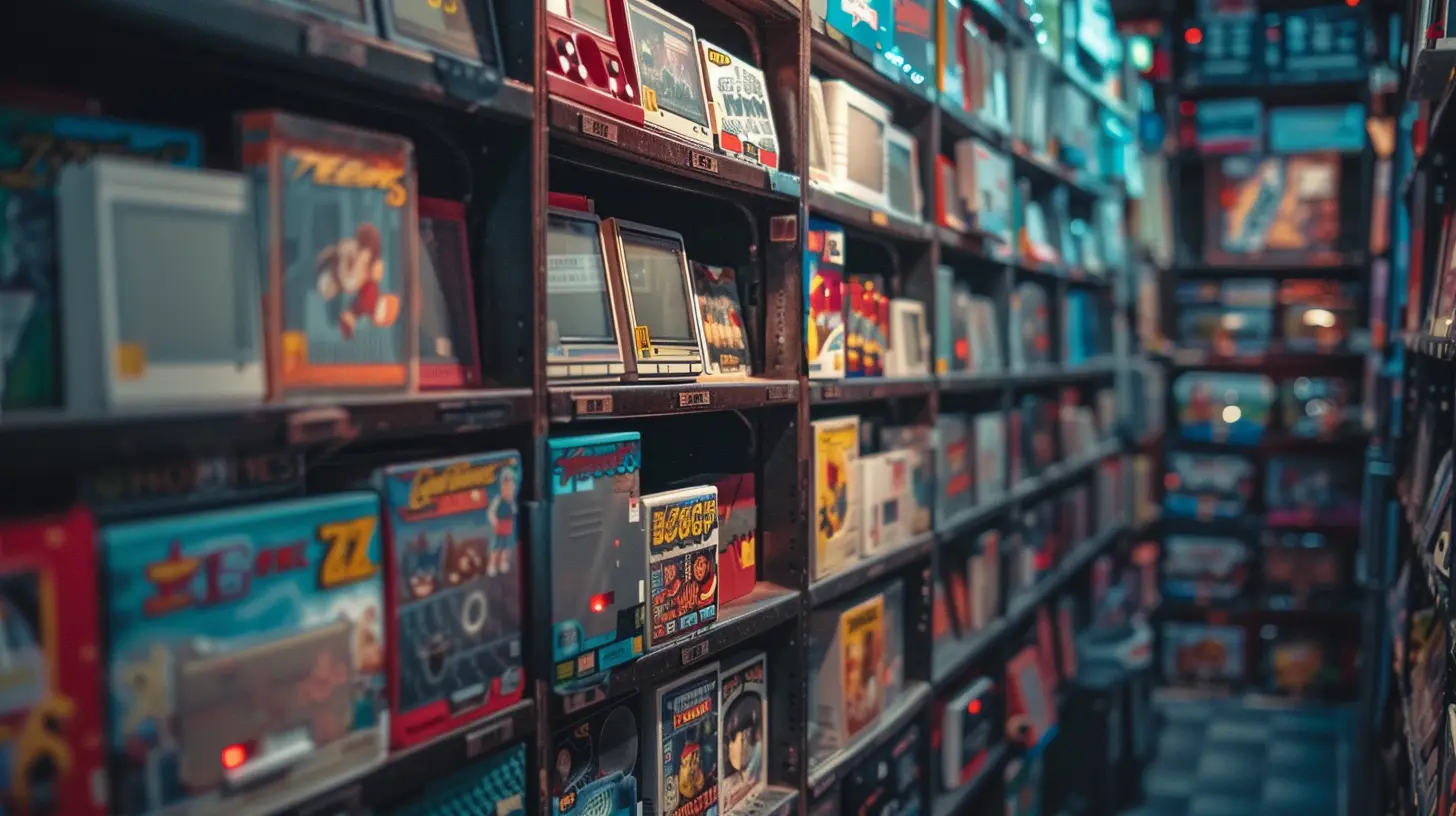
3. Set a Budget and Stick to It
Let’s be real—retro game collecting can get expensive, especially if you’re chasing after rare titles like Earthbound or Panzer Dragoon Saga. That’s why it’s essential to set a budget and stick to it. It’s way too easy to overspend when you’re excited about a new find.If you’re just starting out, stick to more affordable games or focus on loose cartridges instead of complete-in-box (CIB) options. A game without its box and manual might cost significantly less, and you can always upgrade later if you want a pristine collection.
Pro Tip: Watch out for bundles on online marketplaces. Sometimes people sell entire lots of games and consoles at a discount, which is great for bulking up your collection.
4. Condition Matters—But Don’t Be Too Picky
Collectors love games in mint condition, but let’s face it: these games are decades old. Expect to find wear and tear—scratches on the cartridge, scuffs on the case, or even minor discoloration on the labels. That’s okay! As long as the game works and the damage isn’t extreme, you’ll be fine.However, if you’re paying top dollar for a “rare” game, make sure its condition reflects the price. Ask for detailed photos if you’re buying online and pay attention to things like:
- Yellowing plastic on older consoles (a common issue with NES and SNES systems)
- Broken or missing pins on cartridges
- Water damage or mold (trust me, it happens!)
5. Where to Find Retro Games
Now onto the fun part—hunting down those retro gems! Here are a few tried-and-tested places to look:1. Local Thrift Stores and Flea Markets
Thrift stores can be a goldmine if you’re lucky. Sure, it’s hit-or-miss, but when you do hit, it’s sweet. Flea markets are another great option, and you can often haggle for better prices.2. Garage Sales
Garage sales are underrated when it comes to retro game hunting. Many people are clearing out old clutter with no idea that the dusty copy of Super Mario 64 they’re selling is worth a small fortune.3. Online Marketplaces
Websites like eBay, Facebook Marketplace, and even Craigslist are prime spots for collecting. Keep in mind that competition can be fierce, and you’ll have to sift through a lot of overpriced listings.4. Retro Game Stores
If you’re lucky enough to have a dedicated retro game store near you, visit regularly. These shops often stock rare items, and the staff can give you valuable tips.6. Embrace the Community
One of the best parts of retro game collecting is the community. Whether it’s through online forums, Discord servers, or social media groups, connecting with other collectors is invaluable. Not only can they share tips and advice, but they can also give you a heads-up on local sales or trade opportunities.Also, don’t be afraid to ask questions. Everyone starts as a newbie at some point, and most collectors are more than happy to help.
7. Test Before You Buy
This one’s a biggie. Always test games and consoles before committing to a purchase—especially if you’re buying from a flea market or thrift store. Many older systems are notorious for having unreliable connections or faulty cartridges. If you can’t test it in person, make sure the seller has a return policy just in case something doesn’t work.8. Show Off Your Collection
Half the fun of collecting retro games is showing them off! Whether it’s through social media, YouTube videos, or just inviting your friends over for a gaming night, take pride in your growing collection.But remember: collecting should be fun, not stressful. Don’t compare your collection to others—there’s always going to be someone with more games or rarer finds. Focus on what makes your collection unique and meaningful to you.
Final Thoughts
Retro game collecting is more than just a hobby—it’s a way to preserve the history of gaming and relive some of your fondest memories. Sure, it takes time, effort, and money, but it’s also incredibly rewarding. Follow these tips, and you’ll be on your way to building a collection that you can be proud of. Oh, and don’t forget to actually play your games—because that’s what they’re made for!all images in this post were generated using AI tools
Category:
Retro GamesAuthor:

Brianna Reyes
Discussion
rate this article
1 comments
Lauren Strickland
Thank you for sharing these insightful tips on retro game collecting! As a newcomer, I appreciate the guidance on starting my collection and finding hidden gems. The passion in your writing truly inspires, and I can't wait to explore this exciting hobby further. Keep up the great work!
October 12, 2025 at 3:01 PM

Brianna Reyes
Thank you for your kind words! I'm thrilled to hear that you found the tips helpful and inspiring. Happy collecting!
